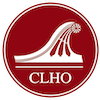The Groton Bank is a historic village on the east bank of the Thames River. Today the neighborhood is comprised of a few hundred houses, three churches, a library, two museums, a Revolutionary War fort and business structures dating primarily from Colonial times to a century ago. Groton Bank and Fort Griswold are adjacent Historic Districts listed on the US Department of the Interior’s National Register of Historic Places.
In 1655 the ferry operator Cary Latham became the first permanent English settler on the east bank of the Thames River when it was part of the Pequot Colony, which later became the city of New London. After Groton became a separate town in 1705, the east bank of the river became known as Groton Bank and grew to become a major village in the town. In centuries following, the Groton Bank transformed into an international leader in the shipbuilding industry and was the site of the only major Revolutionary War battle in Connecticut. During the War of 1812, Fort Griswold served as the key defender of the Thames Harbor. It was also home to well-known captains of the whaling era and the residence of many prominent citizens including a member of Congress. In 1881 a portion of the Groton Bank took on the name “Groton Heights” in honor of the 100th anniversary of the Revolutionary War Battle fought here on September 6, 1781.






